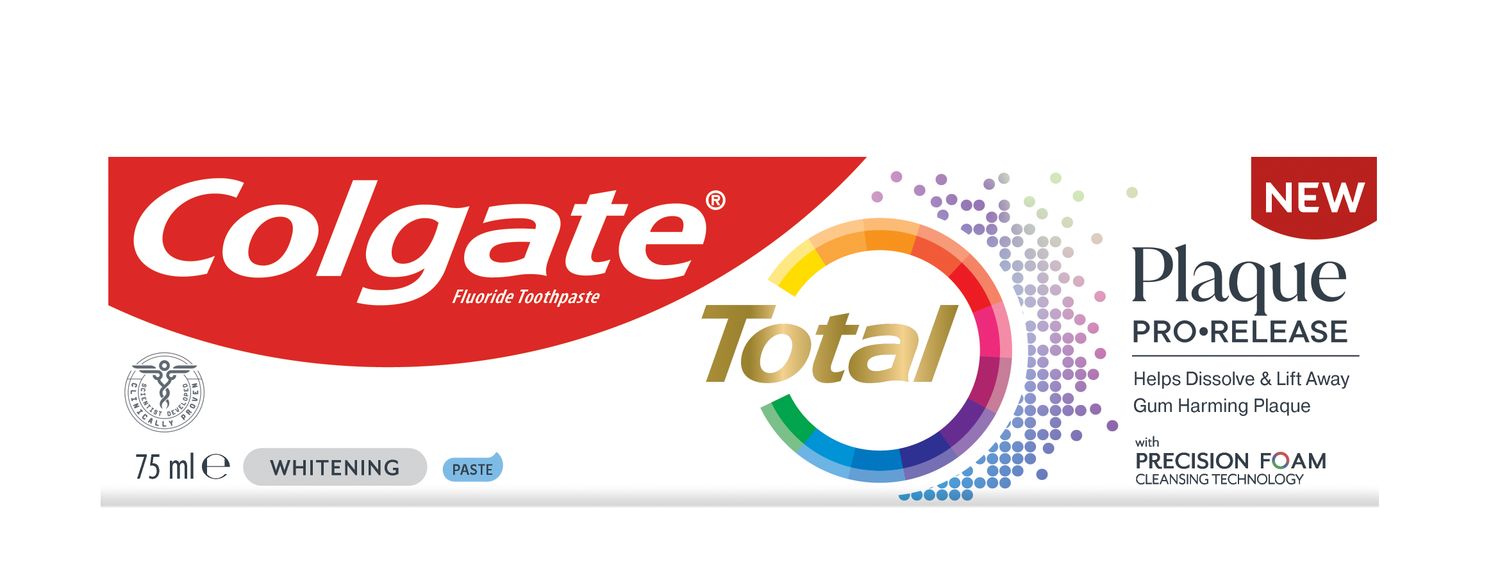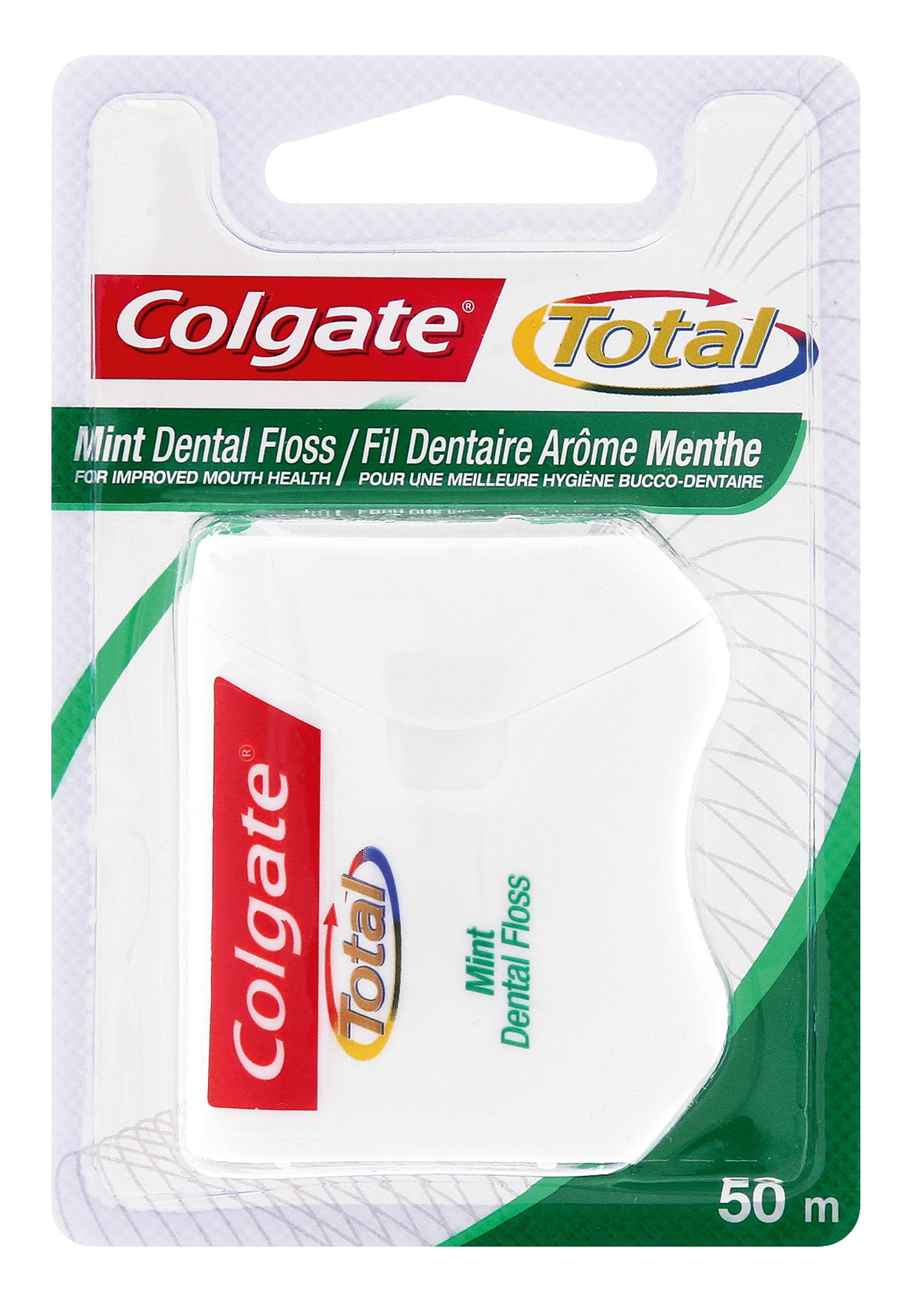What Is a Wisdom Tooth Extraction?
A wisdom tooth extraction is a surgical procedure performed by a dentist or oral surgeon to remove one or more of your wisdom teeth. Wisdom teeth are the four permanent adult teeth located at the back corners of your mouth on the top and bottom. These teeth are the third and final set of molars that most people get in their late teens or early 20s and may need to be removed based on your dentist’s recommendations.
Wisdom Teeth Overview
Wisdom teeth, commonly called “third molars,” usually grow in before the age of 25; they’re called wisdom teeth because they come through at a mature age. For some people, “getting your wisdom teeth in” is a rite of passage and comes and goes without event. For others, the eruption of wisdom teeth can become a problem if they cause crowding in your mouth, erupt in the wrong position, or become impacted. According to the ADA, as your wisdom teeth grow in, your dentist will be looking for the following:
- Wisdom teeth that aren’t in the right position can trap food. This gives cavity-causing germs a place to grow.
- Wisdom teeth that haven’t come in properly can make it difficult to floss between the wisdom teeth and the molars next to them.
- Wisdom teeth that have partially come through can give germs a place to enter the gums and create a place for infection. This may also lead to pain, swelling and stiffness in your jaw.
- Wisdom teeth that don’t have room to come through are thought by some to crowd or damage neighbouring teeth.
- A wisdom tooth that is impacted can possibly form a cyst on or near the impacted tooth. This can potentially damage the roots of nearby teeth or destroy the bone that supports your teeth.
How Do I Know if I Need a Wisdom Tooth Extraction?
Visiting your dentist twice a year for regular check-ups will help your dentist follow the progress of your teeth. If they see something that concerns them about your wisdom teeth, they’ll examine your teeth further and take X-rays; together, you can discuss treatment. Wisdom teeth are typically removed through a wisdom tooth extraction when there’s evidence of:
- Healthy teeth adjacent to wisdom teeth that could be damaged
- Risk of impacted teeth
- Risk of infection
- Cysts or tumors
Removing impacted wisdom teeth helps reduce the risk of future problems, and people who choose to have wisdom tooth extractions rarely have serious complications. While it’s difficult to predict future problems, the reasons for getting a wisdom tooth extraction instead of leaving wisdom teeth in your mouth maybe healthier in the long run:
- Symptom-free wisdom teeth could still harbour disease.
- If there isn't enough space for the tooth to erupt, it's often hard to get to it and clean it properly.
- Serious complications with wisdom teeth happen less often in younger adults.
- Older adults may experience difficulty with surgery and complications after surgery.
What Are the Risks for a Wisdom Tooth Extraction?
While most wisdom tooth extractions don't result in long-term complications, problems can occur after the procedure:
Dry socket is when the post-surgical blood clot dislodges from the surgical wound (the socket) and exposes bone below. Dry socket can be painful and delay the healing process, while presenting the following risks:
- Trapped food particles or germs cause infection in the socket.
- Sinus issues due to inflammation.
- The lower jawbone weakens.
- Nerve damage to the lower lip, tongue or chin.
If you’re worried about the risks during your wisdom tooth extraction, talk to your dentist or oral surgeon about your concerns. They can explain the procedure and walk you through the process to see if it’s right for you.
How Do I Prepare for a Wisdom Tooth Extraction?
If you’ve already thought about getting your wisdom teeth removed, then you’ve probably been wondering how to prepare for the procedure. You need to talk with your dentist or oral surgeon about getting an extraction, find out if you’re a candidate, and have a conversation about the risks or any other concerns you may have. Your dentist may perform the procedure in the office, but if your tooth is deeply impacted or if the extraction is expected to be more difficult than normal, your dentist may suggest that you consult with an oral surgeon. When you meet with your dental professional, here are some questions you may want to ask:
- How many wisdom teeth need to be removed?
- What type of anaesthesia will be administered?
- How complicated or in-depth is the procedure?
- What is the estimated duration of the procedure?
- Has damage occurred to the surrounding teeth?
- What is the likelihood of nerve damage?
- Will you need other dental treatments at a later date?
- What’s the normal turnaround time for healing and returning to normal activity?
While your dentist or oral surgeon might not have complete answers to all of these questions, they’ll be prepared for them. Wisdom tooth extraction is a fairly standard procedure, so even if they don’t have exact answers, they can still offer guidance.
Preparing for the Surgery
Wisdom tooth extraction rarely requires an overnight stay; most procedures are treated as an outpatient procedure, meaning you go home that same day. The office staff performing the extraction will inform you what to do before and after the surgery, and can answer any other questions about the procedure.
Before the day of the procedure, make arrangements for someone to drive you to and from the surgery. Know how early you should get to the office and know any dietary restrictions you may need to follow the night before (i.e. will you need to fast? If so, when and for how long?). If you have any prescription or over-the-counter (OTC) medications, check to see if they are okay to take before the surgery.
Having the answers to all these questions will ensure both a smooth surgery and recovery.
What to Expect — Before the Procedure
There are three types of anaesthesia; depending on the nature of your particular procedure coupled with your comfort level, you’ll end up receiving it in one of three ways:
Local Anaesthesia
Local anaesthesia is administered by injection at the site of the tooth extraction. Before this shot is given, your dentist or surgeon will use a numbing agent. You will be awake during this type of anaesthesia, and though you'll feel some pressure and movement, you shouldn't experience any pain.
Sedation Anaesthesia
For those unafraid of needles, sedation anesthesia is administered through an intravenous (IV) line directly into one of your arm veins. This type of sedation suppresses your consciousness throughout the procedure, meaning you’re asleep while the surgeon works, and you won’t feel any pain during the surgery. Your surgeon will also numb your gums with a numbing agent or a local anaesthetic.
General Anaesthesia
If you’re not keen on needles, then general anaesthesia might be more suited to you, as you inhale medication rather than have it administered intravenously. Much like sedation, you will be asleep throughout the procedure and your medication intake, breathing, body temperature, heart rate and blood pressure are all monitored by the surgical team.
What to Expect — During the Procedure
Your dentist or oral surgeon will make an incision in the gum line, creating flaps to expose both the tooth and the underlying bone area. Any bone that blocks access to the tooth will be removed before the dentist or oral surgeon divides the tooth into sections, which makes it easier to remove.
The dentist removes the tooth and clears away any remaining debris from around the gumline or the bone. The wound is then stitched up. The dentist usually places gauze over the extraction site to control any extra bleeding and help clotting.
What to Expect — After the Procedure
Once the surgery is done, you’ll be taken to a recovery room to allow all the anaesthesia to wear off unless you chose the local option, which means you’ll probably recover in the same procedure chair.
Do:
- Follow your doctor's instructions on recovery. Because there is a wound in your mouth, it’s vital that you follow your dentist or oral surgeon’s recommendations to help your mouth heal faster and without any further complications.
- Rest for the remainder of the day after your surgery. You can go back to your normal schedule the next day, but keep strenuous activity to a minimum for about a week while your surgical wounds heal.
- Eat soft foods for a day or two following the surgery. Apple sauce and yoghurt will keep you nourished and be easy to flush from your mouth to avoid infecting the extraction site.
- Ask your dentist or surgeon to recommend pain medication after surgery. Using an ice pack against your cheek can also help relieve minor pain.
- Rinse your mouth with warm saltwater (8 ounces of water with 1/2 teaspoon of table salt) after every meal and once every couple of hours for a week. You may start brushing again after the first day or two, but be careful near the surgical site.
Don’t:
- Drink sugary, caffeinated, carbonated or alcoholic beverages for the first few days. Instead, drink plenty of water. Don’t use straws: the sucking action might inadvertently dislodge the blood clot from the wound, delaying healing.
- Eat foods that are chewy or overly spicy, or get stuck between teeth.
- Engage in any type of spitting, because that may dislodge the blood clot. If you think the gauze over the extraction site needs to be replaced, consult your dentist or oral surgeon. Swelling and bruising after a procedure is normal, but these circumstances should improve within a couple days with the use of an ice pack.
- Brush your teeth, spit, or use mouthwash during the first day or so post-operation.
- Don’t smoke or chew tobacco products. Consumption of any tobacco product after oral surgery can seriously delay healing and may increase the risk of any complications or infections.
If you have stitches that dissolve on their own, they should be gone in a few weeks. If your stitches need to be removed, your dentist will most likely have already set up an appointment with you to do so.
When to Call Your Dentist or Surgeon
If you’re experiencing these signs or symptoms after your surgery, contact your dentist or surgeon immediately; they could indicate a dry socket, an infection, nerve damage or other serious complications:
- Swelling that worsens after several days
- Fever
- Prescribed pain medications being ineffective against pain
- Salt water rinsing not ridding your mouth of bad or lingering aftertaste
- The socket having pus gathering within or oozing from the wound
- A loss of feeling or a persistent kind of numbness
Results
You may not need a follow-up appointment after a wisdom tooth extraction unless complications arise, you experience other persistent problems (like pain, swelling, numbness, bleeding) that may indicate infection or nerve damage, or you need your stitches removed (because they aren’t dissolvable).
If you develop complications, contact your dentist or oral surgeon immediately to discuss appropriate treatment options.













